Dive into the enchanting world of the Birman cat, a breed with a fascinating history and mesmerizing appearance. In this ultimate guide, we’ll explore the captivating myths and reality behind their origins, their defining features, unique personality traits, and essential care tips. Get ready to be captivated by the Birman cat and discover why they are so adored by cat enthusiasts worldwide.
Short Summary
- The Birman cat breed has origins in the sacred temple cats of Myanmar, and was officially acknowledged in 1925.
- Birmans are easily recognizable due to their pointed coats, white feet, medium to large size, and round head with full cheeks & muzzle.
- They have a social nature which makes them suitable for families. They also demonstrate strong loyalty & attachment to their owners, with regular attention required for contentment.
Birman Cat Origins: Myth and Reality
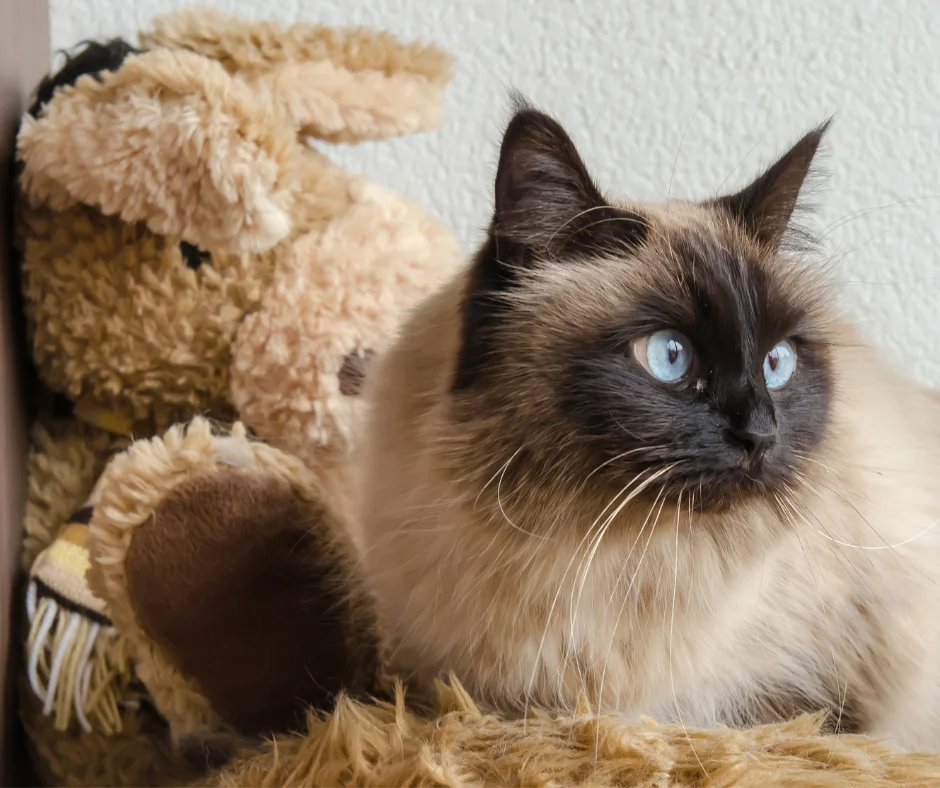
The Birman cat breed has a mysterious and enigmatic origin story, with two intriguing versions of how the breed was brought to Europe in 1919. These tales involve sacred white cats in Burmese temples, and the influential Mr. Vanderbilt transporting cats from Burma to France.
As we delve into the legends surrounding the Birman breed, one thing is certain: their enchanting past only adds to their allure.
Sacred Cats of Burma
Among the more prevalent origin stories is the belief that Birman cats are the descendants of Burma temple cats, devoted companions of the Kittah priests. According to myth, when a priest passed away, his spirit would enter his loyal cat before transitioning to the afterlife. During a temple raid, one such cat, witnessing its priest’s demise, was transformed by the goddess Tsim-Kyan-Kse as a reward for its unwavering loyalty. The cat’s coat changed from white to golden, and its eyes turned a striking blue, while its paws, which were touching the priest, remained white, symbolizing purity.
This captivating myth underscores the unique physical features of the Birman breed, which include their stunning blue eyes, golden coat, and immaculate white paws. As we explore their journey from Burma, present-day Myanmar, to Europe, we’ll uncover how these sacred feline companions captured the hearts of cat fanciers worldwide.
From Burma to Europe

In an alternative version of the Birman breed’s origins, the renowned Cornelius Vanderbilt is said to have played a pivotal role in bringing Birman cats to France. In 1919, he allegedly bought two Birman cats from a temple servant at the Lao-Tsun religious shrine. This was considered to be one of his most important purchases. Tragically, the male cat perished during the voyage, but the female, Sita, was pregnant and survived the journey. Sita’s offspring served as the basis of the Birman breed in Europe.
Despite the destruction of World War II, dedicated breeders, with the assistance of Persian and Siamese breeds, were able to revive the Birman breed. Formally acknowledged in 1925, the breed gained acceptance from the Cat Fanciers’ Association in 1967. Today, the enchanting Birman cat continues to captivate cat enthusiasts with its enthralling history and striking appearance.
Defining Features of Birman Cats
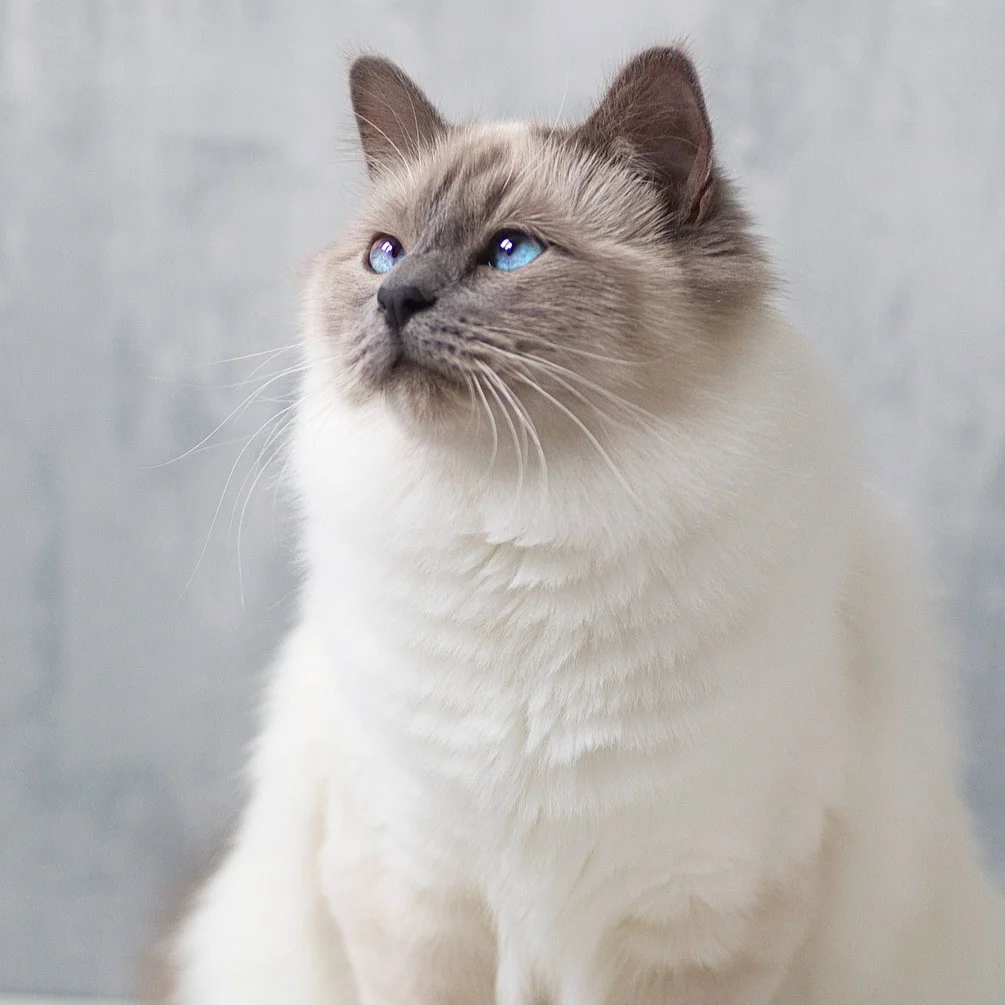
Birman cats are known for their distinctive physical features that set them apart from other breeds. Their pointed coats with darker extremities, unique white feet, medium to large size, and round heads with full cheeks and muzzle make them instantly recognizable.
In the following sections, we’ll delve into the various color variations of the breed and discuss their size and build in more detail.
Color Variations
The Birman cat breed exhibits a range of beautiful point patterns that include seal point, blue point, chocolate point, and lilac point. The Cat Fanciers Association recognizes seven standard colors for Birman cats. These are seal, chocolate, blue, lilac, red, cream, and tortie.
However, regardless of the color variation, one of the most enchanting features of the Birman cat remains their unique white feet, which make them truly stand out among other cat breeds. These ethereal white feet, often referred to as “gloves,” are a defining characteristic of the breed. The front paws of Birman cats feature white gloves, while the gloves on their back paws encompass all the toes and may extend higher than those on the front.
Combined with their sapphire blue eyes, the color variations of Birman cats create an alluring and mesmerizing appearance.
Size and Build
Adult Birman cats typically range in size from 15 to 18 inches in length and 8 to 10 inches in height. Males measure 15-18 inches in length and weigh 10-12 pounds, whereas females measure 15-18 inches in length and weigh 6-10 pounds.
The Birman breed is characterized by an elongated, stocky build with a notable muscularity. This robust physique further distinguishes them from other cat breeds and adds to their charm.
Personality Traits of the Birman Breed
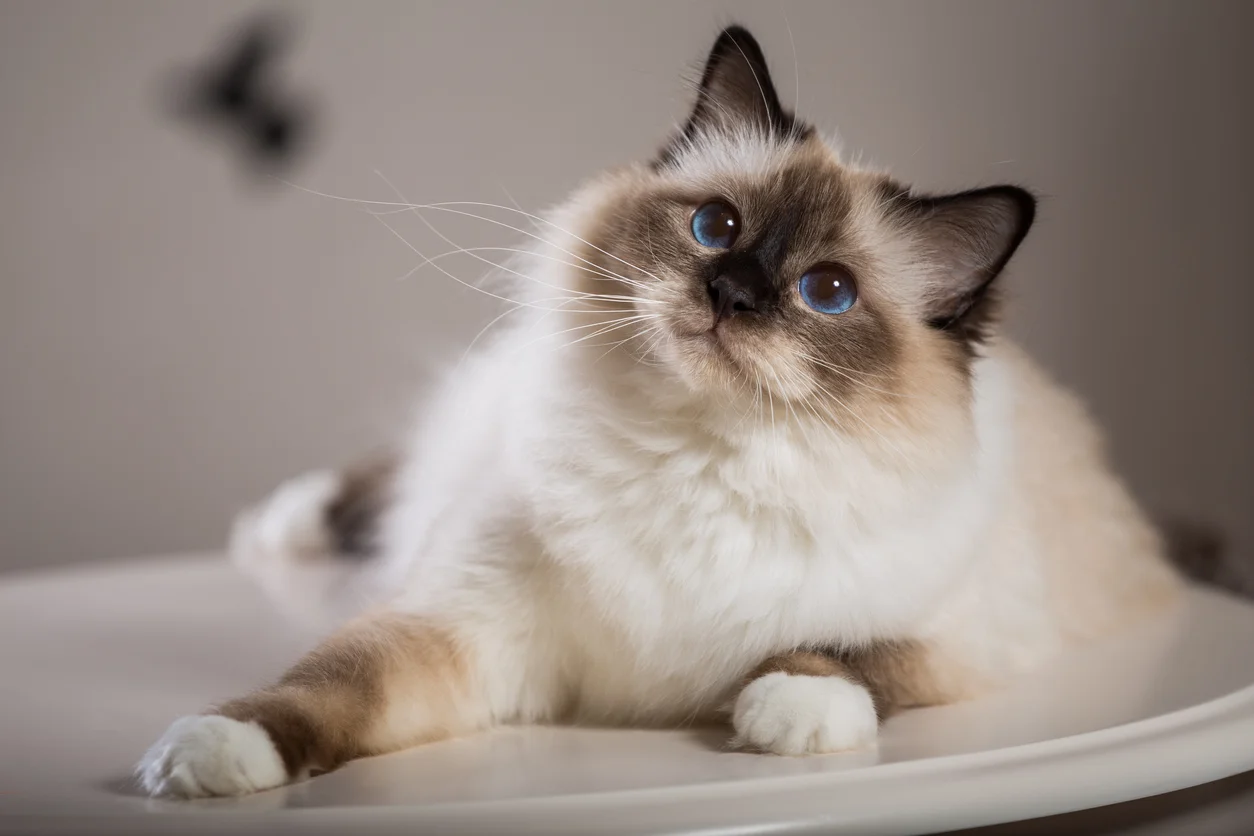
Birman cats possess endearing personality traits that make them excellent companions for their owners. They are sociable, devoted, and particularly bonded to a single person. However, their loyalty and attachment can sometimes lead to jealousy if they feel neglected.
In the following sections, we’ll explore the social nature and loyalty of Birman cats in greater depth.
Social Nature
The social disposition of the Birman breed is truly remarkable. They are amiable, friendly, and affectionate, relishing attention and thriving in the company of their owners. Birmans typically exhibit a congenial attitude towards other cats and dogs, making them great additions to households with multiple pets.
Their gentle nature also makes them a fitting choice for families with children, although supervision is advised for younger kids during playtime to ensure the cat is treated with care.
Loyalty and Attachment
Birman cats are renowned for their affectionate and loyal nature, making them favored companions among cat owners. They tend to be very interactive with their owners, enjoying being held and cuddled.
Their strong attachment to a single person can be both endearing and challenging, as they may display signs of envy if they feel ignored or neglected. It is important for Birman owners to understand and appreciate this level of loyalty and ensure that their feline friend receives the attention and care it deserves.
Caring for Your Birman Cat
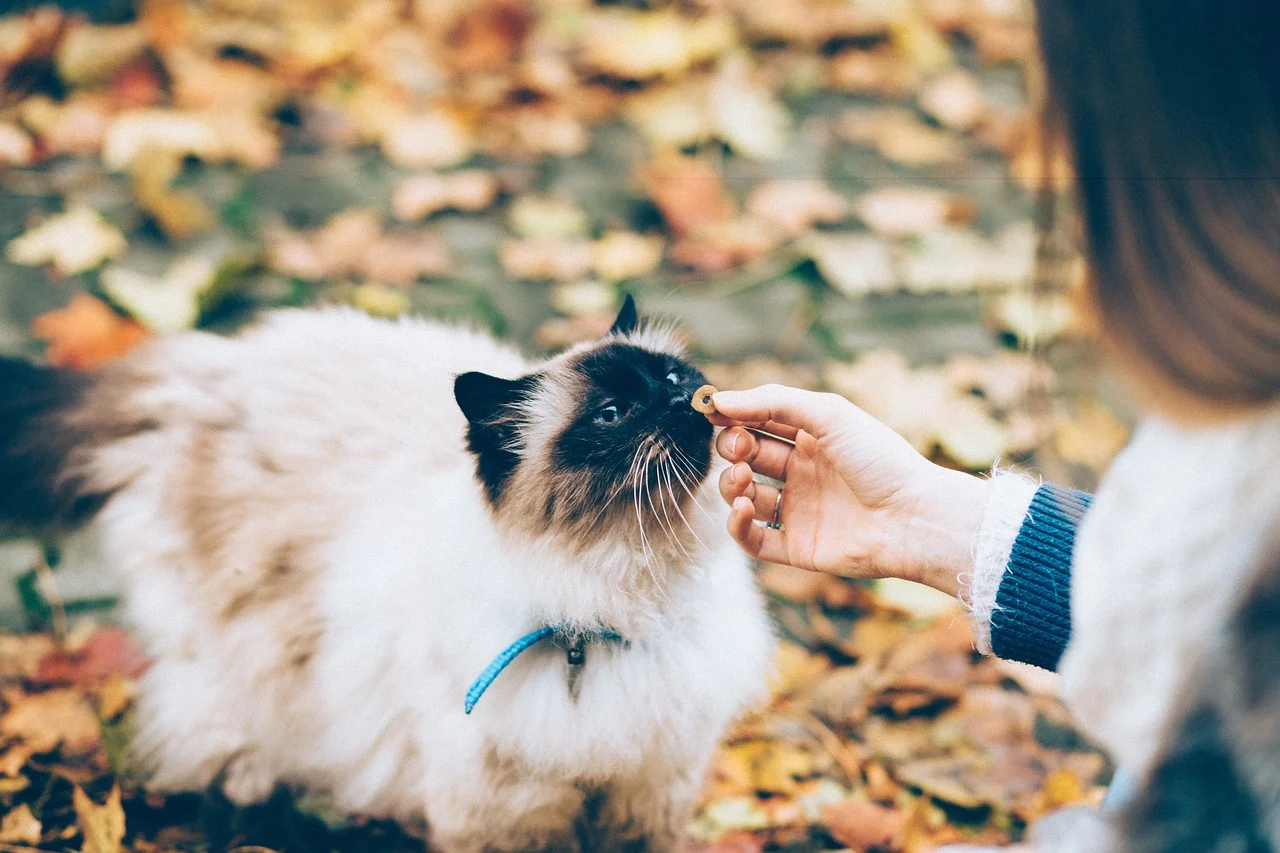
To ensure the health and wellbeing of your Birman cat, it is essential to provide proper grooming, dental care, and a balanced diet.
In the following sections, we’ll discuss the grooming essentials for maintaining your Birman’s luxurious coat, as well as tips for their diet and exercise.
Grooming Essentials
Birmans are a unique breed of cat. Even though they have a medium to long coat, they maintain themselves with minimal grooming effort. Weekly brushing with a soft slicker brush is recommended to prevent tangles and matting. Regular nail trimming is also important to keep their claws healthy.
When it comes to bathing, a mild cat shampoo is suitable for Birmans. By maintaining a consistent grooming routine, you can ensure your Birman cat’s coat remains silky and beautiful.
Diet and Exercise
A balanced and age-appropriate diet is crucial for your Birman cat’s overall health. It is recommended to feed them throughout the day with two or three smaller portions spread out each day. An automatic feeder may be employed to ensure they receive the appropriate amount of food. Providing fresh water daily is also essential. Monitoring their weight and adjusting their diet accordingly can help prevent obesity and related health issues.
Regular exercise is vital for maintaining your Birman cat’s health and happiness. Encouraging physical activity through playing games, teaching tricks or commands, providing a climbing tower, and various other toys can help keep your feline friend active and engaged. By ensuring a healthy diet and exercise routine, you can contribute to the overall wellbeing of your Birman cat.
Common Health Concerns in Birman Cats
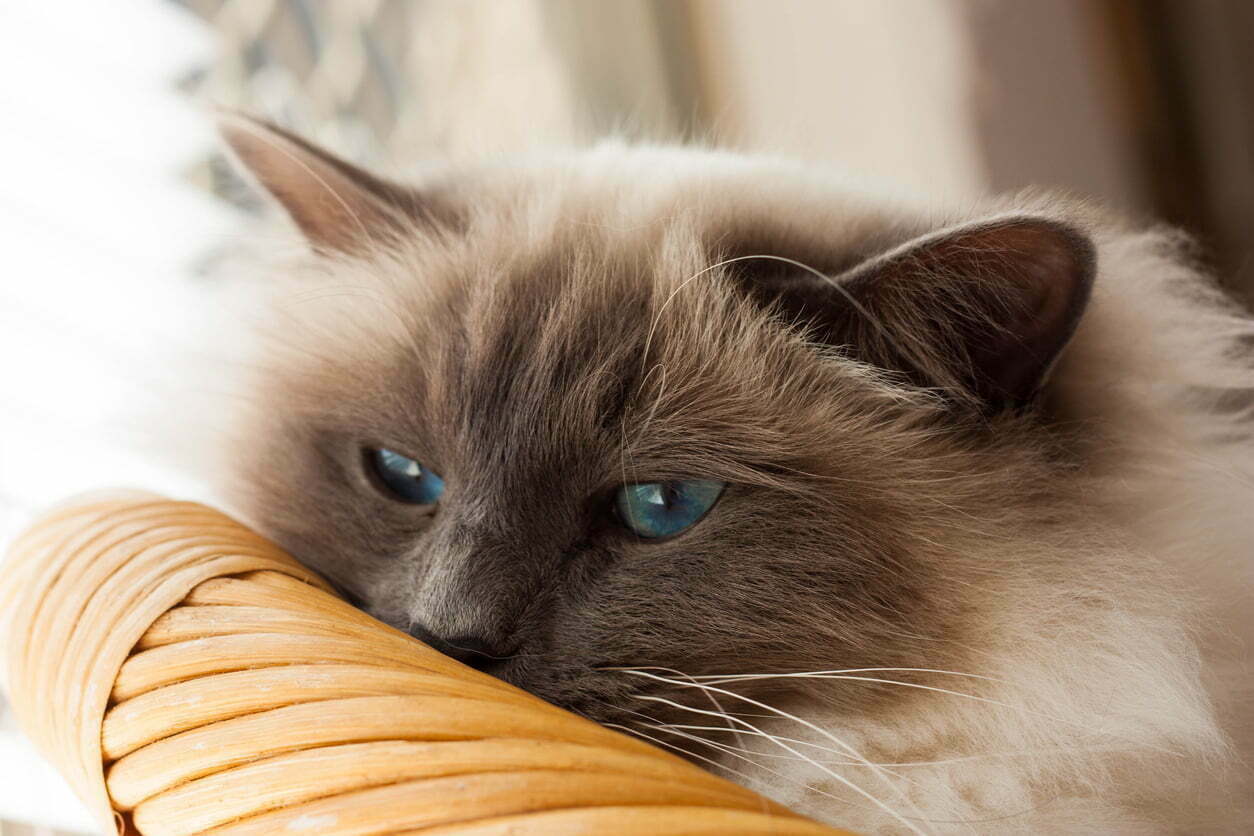
Like all cat breeds, Birman cats may be predisposed to certain health concerns. Common health issues in Birmans include dental diseases, heart disease, and gastrointestinal disorders.
In the following sections, we’ll discuss these health concerns and provide recommendations for maintaining your Birman cat’s health.
Dental Health
Dental health is an important aspect of overall feline wellbeing, and Birman cats are no exception. Common dental diseases in Birmans include periodontal disease, gingivitis, and tooth decay.
Regular dental care, such as brushing the teeth, providing dental treats, and scheduling regular dental check-ups with a veterinarian, can help prevent dental disease in Birman cats and maintain their overall health.
Heart and Gastrointestinal Conditions
Birman cats are known to be predisposed to hypertrophic cardiomyopathy, a prevalent heart condition in cats. Additionally, they may be prone to feline aortic thromboembolism, a condition where a blood clot forms in the aorta, obstructing blood flow to the legs and other organs. Symptoms of these conditions may include difficulty breathing, coughing, lethargy, and reduced appetite. Regular veterinary check-ups are essential for early detection and management of heart conditions in Birman cats.
Gastrointestinal disorders, such as hairballs, can also be a concern for Birman cats. Hairballs may lead to stomach upset and vomiting, causing symptoms such as loss of appetite, lethargy, and vomiting. Regular grooming and hairball control products can help prevent hairball-related issues in Birmans.
By being aware of these common health concerns and taking preventive measures, you can ensure the health and happiness of your Birman cat.
Connect with a verified veterinarian in minutes. No waiting for appointments or office hours. No high fees. Your pet's health made convenient and worry-free.
Adopting or Purchasing a Birman Cat
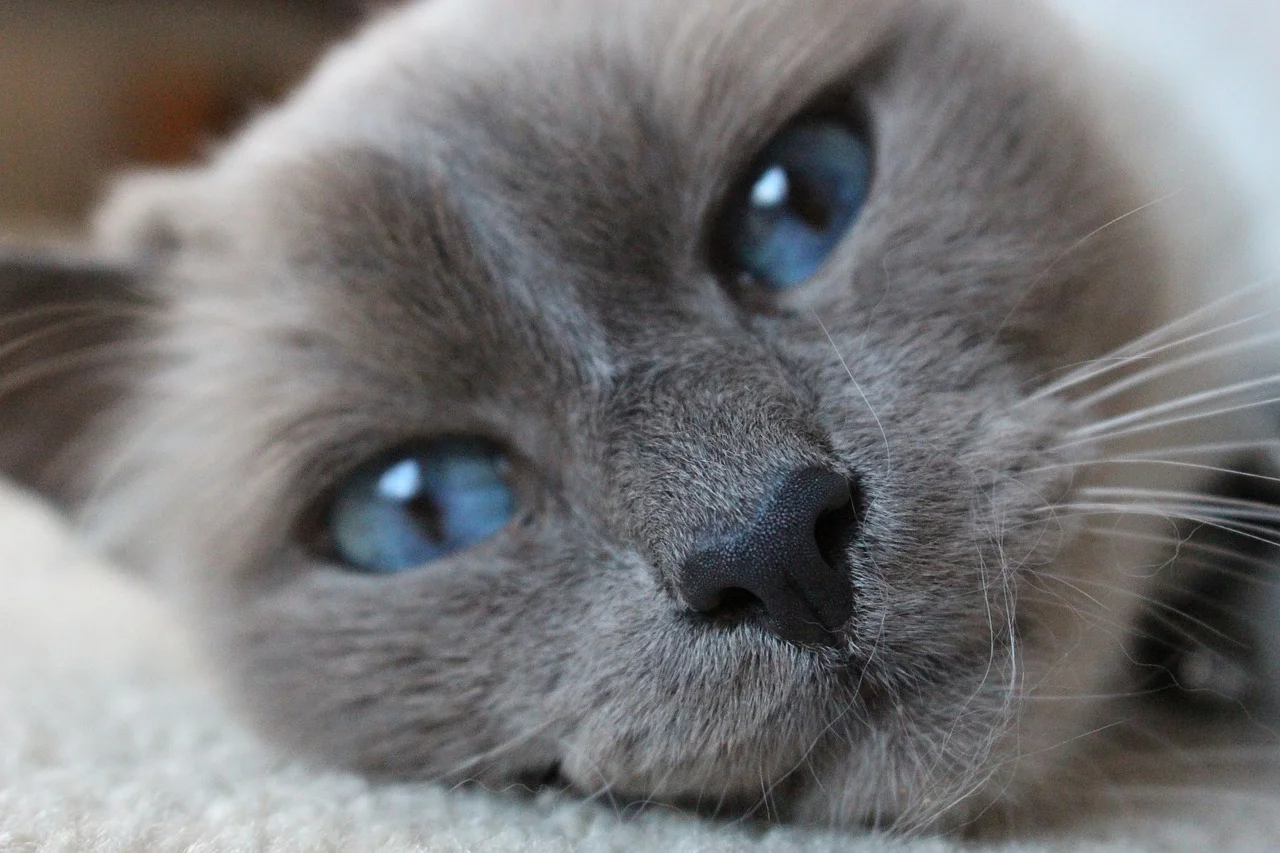
When considering adopting or purchasing a Birman cat, it is crucial to ensure that you are obtaining your feline companion from a reputable breeder or rescue organization.
In the following sections, we’ll discuss the importance of breeder selection and provide guidance on the adoption process for Birman cats.
Breeder Selection
When selecting a Birman cat breeder, it is essential to investigate their reputation thoroughly. Verify their registration with a reliable feline breed registry and ask about the kitten’s lineage, socialization, and wellbeing.
By taking these steps, you can ensure that you are adopting a healthy, well-socialized Birman kitten from a reputable breeder.
Adoption Process
If you are interested in adopting a Birman cat, the most advisable course of action is to connect with a rescue organization that specializes in the breed. Once you have identified the appropriate adoption agency or rescue, the adoption process can begin, typically involving the completion of an application. Adoption fees for Birman rescue organizations can vary greatly. Typically, they range between $60 and $150.
If you are looking to adopt an adult Birman cat, it is recommended that you contact local Birman breeders to inquire if they are aware of anyone seeking to re-home their adult Birman. Adopting an adult cat can be a rewarding and fulfilling experience, as you provide a loving home to a cat in need.
Comparing Birman to Other Cat Breeds
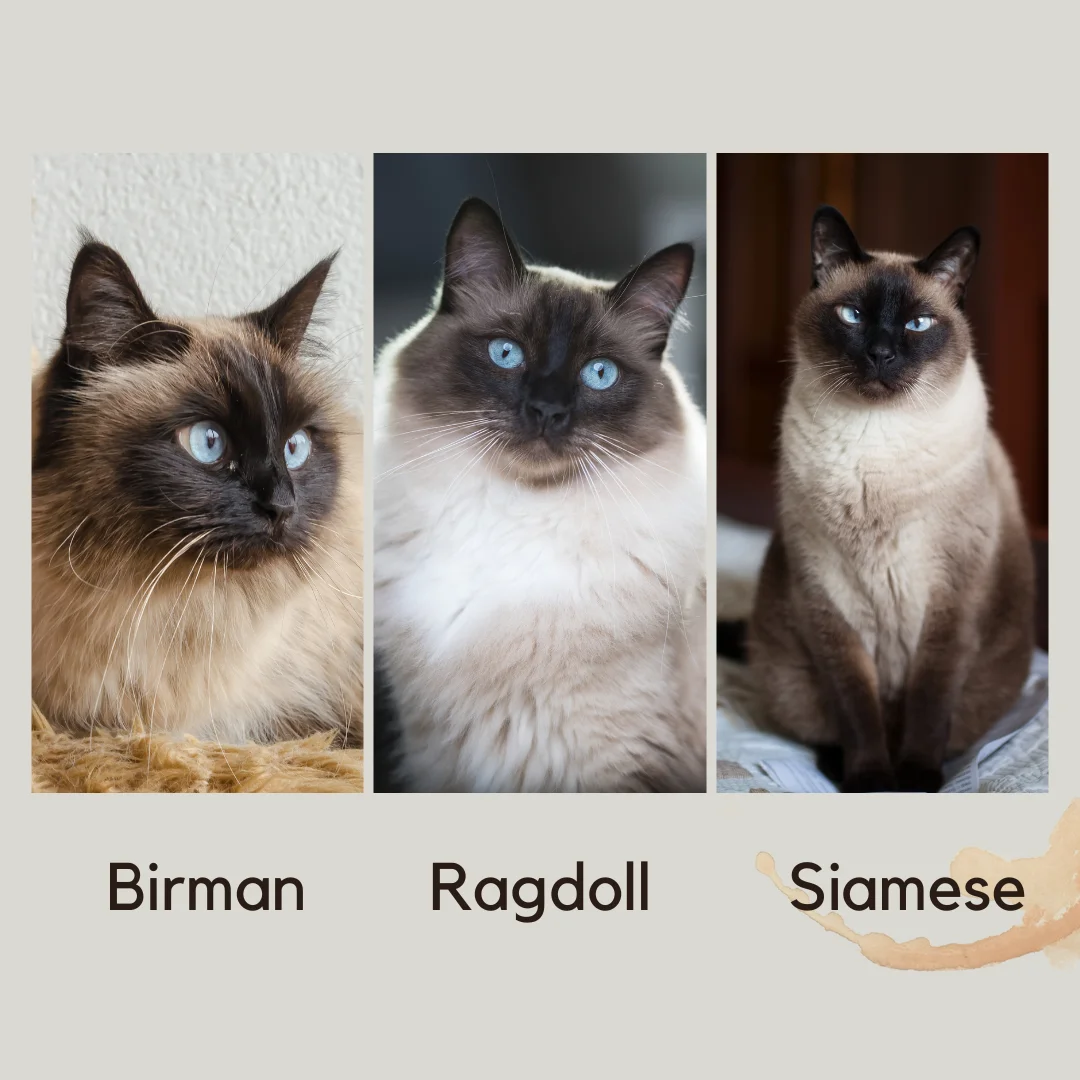
Birman cats share some personality traits with other breeds, but certain differences set them apart.
In the following sections, we’ll compare Birman cats to Ragdoll and Siamese cats, highlighting their similarities and differences.
Birman vs. Ragdoll
Both Birman and Ragdoll cats possess similar temperaments, being sociable and affectionate. However, Ragdoll cats are generally larger than Birmans and have longer, silkier coats.
Birmans, on the other hand, shed less and require less grooming. The differences in size, coat texture, and grooming needs are important factors to consider when comparing these two breeds.
Birman vs. Siamese
Birman and Siamese cats have distinct personalities, with Siamese cats being more vocal and extroverted, while Birmans possess a gentler, more timid nature. Additionally, Birmans are larger than Siamese cats and have longer hair and a more robust body.
Understanding the differences in temperament and physical features can help potential cat owners decide which breed is the best fit for their lifestyle and preferences.
Summary
In conclusion, the Birman cat breed offers a unique combination of captivating history, striking appearance, and endearing personality traits. Their low-maintenance grooming, sociable nature, and loyalty make them a cherished companion for many cat enthusiasts. By understanding their origins, features, care requirements, and health concerns, you can ensure a happy and healthy life for your Birman cat. May your journey with your Birman companion be filled with love, joy, and unforgettable moments.
Frequently Asked Questions
Are Birman cats expensive?
Birman cats are generally considered to be expensive pets, with total costs estimated to be from $615 up to $3,600. This includes first medical and vaccination expenses, supplies, and extra costs.
However, the cost of owning a Birman cat is worth it for many pet owners. They are known for their gentle and loving personalities, and they are also very loyal and affectionate. They are also known for their excellent customer service.
Are Birman cats high maintenance?
Overall, Birman cats are not considered high maintenance. They require general grooming, moderate amounts of playtime, and may have an attitude at times, but they don’t need a lot of extra attention compared to other breeds.
Are Birman cats quiet?
Overall, Birman cats are known for being relatively quiet cats. They are not as vocal as other breeds, and therefore won’t take up too much of their owner’s time with their meows.
While they can be territorial at times, they rarely cause too much disruption in a home.
How rare is a Birman cat?
A Birman cat is a rare breed, and there are fewer than 4,000 worldwide. As such, you should be sure to research carefully before getting one. Ensuring you choose a registered and reputable breeder is essential.
Are Birman cats hard to take care of?
Overall, Birman cats are not particularly difficult to take care of. They have a single coat that requires only weekly brushing, and their nails should be trimmed regularly.
With proper grooming and general maintenance, these cats make wonderful companions.

